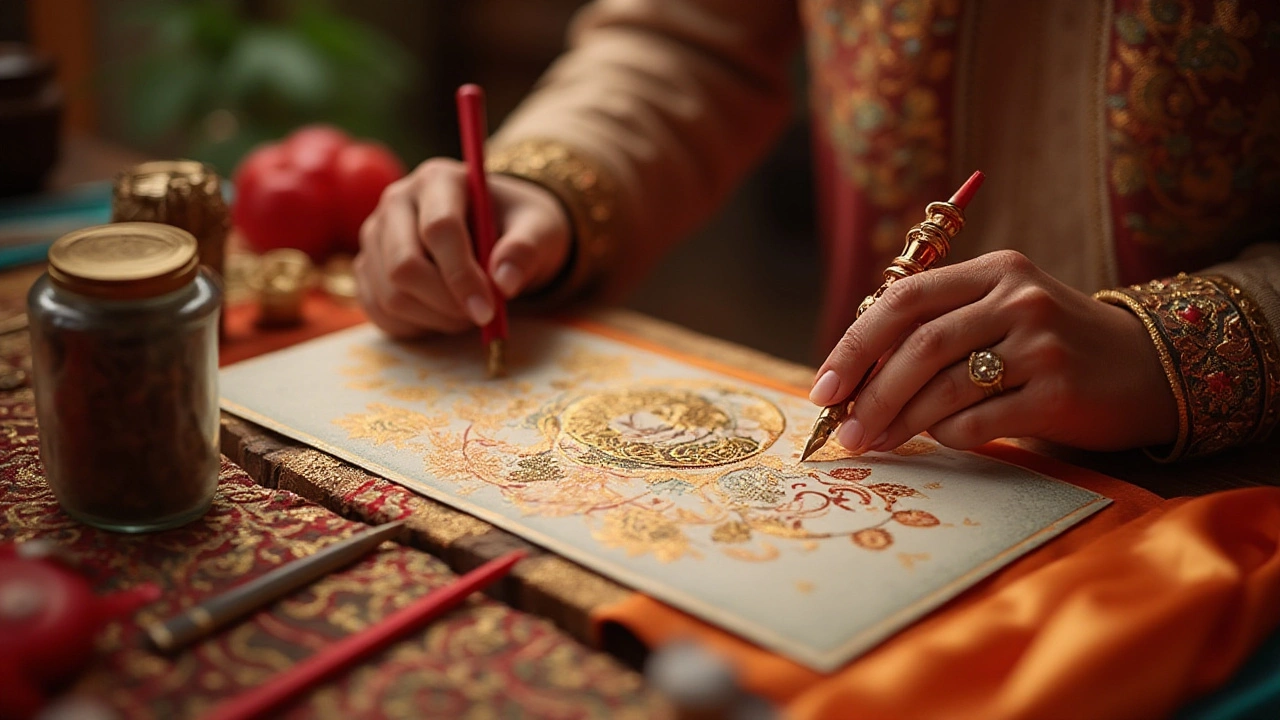
In the vast tapestry of wedding planning, the invitation stands as an elegant herald of the celebration to come. Invitations do more than announce a date; they offer a glimpse into the theme, the tone, and the joy of what's to follow.
Creating the perfect wedding invitation is as much about understanding tradition as it is about infusing personal style. While there are certainly must-have elements, there's always room for a creative touch that reflects the uniqueness of your story. From selecting the perfect paper to deciding on the wording, each choice contributes to the sense of anticipation and delight among your prospective guests.
As you set out on this creative journey, remember the essential details that need to be conveyed. These include the who, what, when, where, and why of your celebration, woven into a design that echoes the occasion's spirit. And while the rules may guide you, it’s the personal touches that truly make your invitations sing.
- Key Details to Include
- Design and Aesthetic
- Incorporating RSVP Information
- Including Wedding Day Schedule
- Etiquette Tips and Tricks
- Creative Touches and Personalization
Key Details to Include
When embarking on the beautiful journey of crafting a wedding invitation, understanding the essential information to include is imperative. An invitation is not just a piece of paper; it is a tangible representation of the joyous union you are about to enter into. At its core, an invitation answers the vital questions: who is getting married, when and where the ceremony will take place, and how guests should RSVP. These foundational details help ensure your guests are informed and can plan accordingly.
The names of the couple stand proudly at the heart of the invitation. Traditionally, the bride's name appears before the groom's, symbolizing the joining of two lives. The date and time of the wedding come next. It's essential to be precise here—not just indicating the date and year, but ensuring the day of the week is also mentioned. This assists guests in organizing their schedules and makes your event easier to anticipate in their calendars.
Location details are crucial. While some venues have names that speak for themselves, providing the complete address ensures clarity. If your venue is off the beaten path or difficult to find, additional directions or a map can be invaluable to guests. These specifications not only prevent last-minute confusion but reflect your thoughtfulness as hosts.
Another important component is the RSVP details. How would you like your guests to respond? Include a prepared card with pre-stamped and pre-addressed envelopes for a traditional RSVP process. Or, for a more modern approach, provide an email or wedding website where guests can confirm their attendance. This option can streamline the management of guest lists and caterers and often keeps things logistically simpler.
"An invitation sets the first impression of your wedding, creating anticipation and setting the tone for everything that follows," says Emily Post, a legend in etiquette advice.
Don't forget other particulars, such as the dress code and any other pre- or post-wedding events. Mentioning a dress code helps guests understand the formality of the event, showing courtesy to those concerned about appropriate attire. If there are additional celebrations, like a brunch or rehearsal dinner, mention them either in the main invitation or as a separate insert. This attention to detail enriches the guest experience, painting a complete picture of your wedding festivities.
Lastly, consider adding personal touches like a short personal note or a meaningful quote. These additions make your invitation stand out, offering guests insight into who you are as a couple and what this day symbolizes for you both. It's an opportunity to sprinkle a bit of your unique love story into the narrative of your wedding, turning a formal invitation into a keepsake cherished by all who receive it.
Design and Aesthetic
When it comes to wedding invitations, the invitation design and aesthetic are not just an afterthought; they are an integral part of setting the tone for your big day. The design you choose speaks volumes about the style and formality of the event. It is often said that your invitations are the first taste your guests get of what the wedding will be like. Therefore, the colors, fonts, and imagery used should reflect the wedding's theme and vibe. For instance, a beach wedding might sport a more relaxed, casual invitation with soft blues and sandy creams, while a black-tie affair would lean towards elegant, crisp designs with classic black and white.
Start by considering the paper choice. The texture, thickness, and quality of the paper can significantly influence how your invitations are perceived. Cotton paper adds a touch of luxury, while recycled paper is perfect for an eco-friendly theme. Next, the color palette should harmonize with your wedding colors. Emerging trends in 2025 include earthy tones and minimalist designs, often enhanced with metallic foils that capture light in playful ways.
"A well-designed invitation is a promise of joy and excitement; it whispers to the recipient, 'You are important to us.'" – Emily Post
The RSVP card is another vital aspect of your invitation suite that allows for creativity. They provide a smaller canvas to infuse with personality—perhaps featuring a fun illustration or a clever response prompt. Fonts, though often overlooked, communicate as much as words. Serif fonts convey tradition, while sans-serif fonts feel modern and sleek. To create balance, you might combine a decorative font with a simpler one.
Considering these details involves not just artistic choice, but strategic planning. If you plan to include a reception card or a map, ensure that these additional pieces complement but do not overshadow the main invitation. It's not uncommon for couples to incorporate personalized symbols or monograms into their design, which can be an effective way to brand the event. And in today's digital age, some are opting to include a QR code for easy access to their wedding website, integrating tradition with technology.
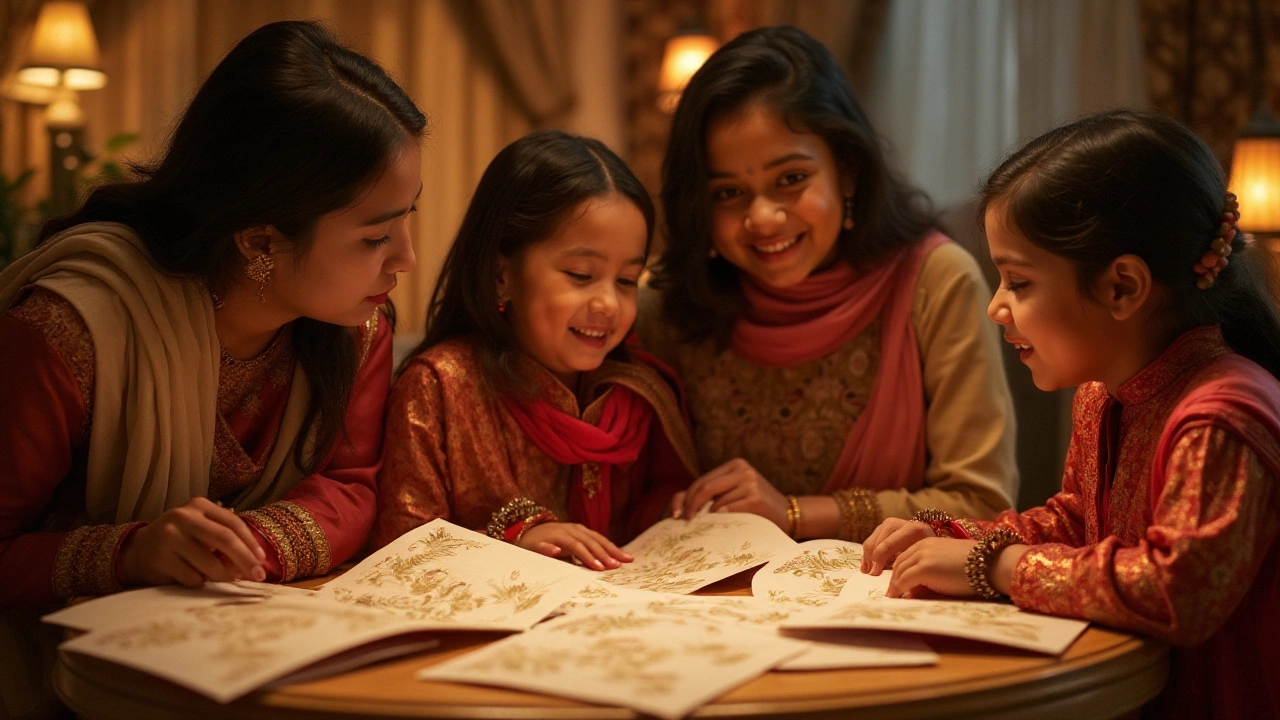
Incorporating RSVP Information
Including RSVP information in your wedding invitation is crucial for planning every aspect of the event. An RSVP is not just a formality; it is the means by which you determine not only the number of attendees but also their specific needs. Clear and concise RSVP instructions help your guests know exactly where and how to reply, ensuring that you have the numbers needed to plan everything from seating arrangements to catering.
When integrating RSVP instructions into your wedding invitations, consider using a separate card. This helps to keep the main invitation focused on the key details of the ceremony and reception while giving the RSVP card its distinct role. Ideally, this card should specify a deadline for responses, typically 4 to 6 weeks before the wedding date. This timeframe gives your guests enough time to confirm plans and provides you with a buffer for any last-minute changes.
Providing multiple RSVP options is also a considerate approach, accommodating guests of all comfort levels with technology. Traditional mail-in replies are still a classic choice, often appreciated by older generations, while tech-savvy guests might appreciate the convenience of online responses. Using a wedding website for RSVPs is becoming increasingly popular, allowing guests to respond at their convenience and even make meal selections or convey other preferences. According to The Knot's 2023 Real Weddings Study, nearly 70% of couples use a wedding website, many of which serve as a central hub for RSVPs and guest information.
Additionally, don’t forget to include an option for guests to communicate dietary restrictions or accessibility needs. This shows your attention to detail and care for your guests' comfort. Including this option on the RSVP card also streamlines communication, preventing any last-minute surprises on the big day. It's surprising how a little extra space on a card can ease logistical issues later on.
"RSVPs are indispensable for meticulous wedding planning," says Anna Post, a modern etiquette expert from The Emily Post Institute. "They guide the flow of the event, ensuring every guest's experience is both comfortable and enjoyable."
Lastly, when planning the design of your RSVP card, ensure it complements the aesthetic of your invitation design. This not only maintains a cohesive look but also elevates the importance of the RSVP when recipients see it as part of the wedding's overall visual theme. Whether your motif is vintage elegance or modern minimalism, consistency in design is key.
Including Wedding Day Schedule
Creating a seamless experience for your guests on your wedding day depends largely on how well they understand the flow of events. The wedding day schedule, if thoughtfully included as part of the wedding invitations, offers a clear roadmap of the festivities planned. This is more than just a polite gesture; it sets expectations and helps guests plan their participation, making your wedding as stress-free and enjoyable as possible.
Typically, you might start with the invitation of the ceremony itself, providing details not just about the time, but about the nature and expected duration. Are you planning a quick, informal affair, or a long, traditional ceremony? Letting your guests know this in advance lets them prepare mentally and physically for the day. Following this, clarity on reception times and locations is crucial, as the shift between these two main events usually involves some movement. Clearly stating whether transport is provided or if guests must make their own way helps avoid confusion.
Moreover, unveiling dinner and dance information is where you can get a bit creative with your schedule details. List when the cocktails start, followed by the dinner service, and details on when dancing or key highlights, like the cutting of the cake, will unfold. Every wedding has its own rhythm, and you lead your guests through it so they can keep up the energy levels accordingly. If any additional events are planned, such as a morning-after brunch or a destination-specific gathering, including these helps guests make travel and lodging decisions more effectively.
"A well-crafted schedule within the invitation isn't just about logistics; it's about inviting guests to share every carefully planned moment of your love story." —The Knot
Importantly, consider any cultural or specific traditions that could influence the schedule. If you're incorporating rituals that guests may not be familiar with, providing a brief explanation within the booklet, or directing them to a website for further details, could enrich their experience. This not only educates but makes them feel part of each meaningful segment of your special day. Finally, consider layout and readability; a concise but well-spaced layout on quality paper stock can maintain elegance while ensuring comprehension. By providing this structured schedule, you enable your guests to join in every celebration, transforming your wedding invitations into a truly integral part of their experience.
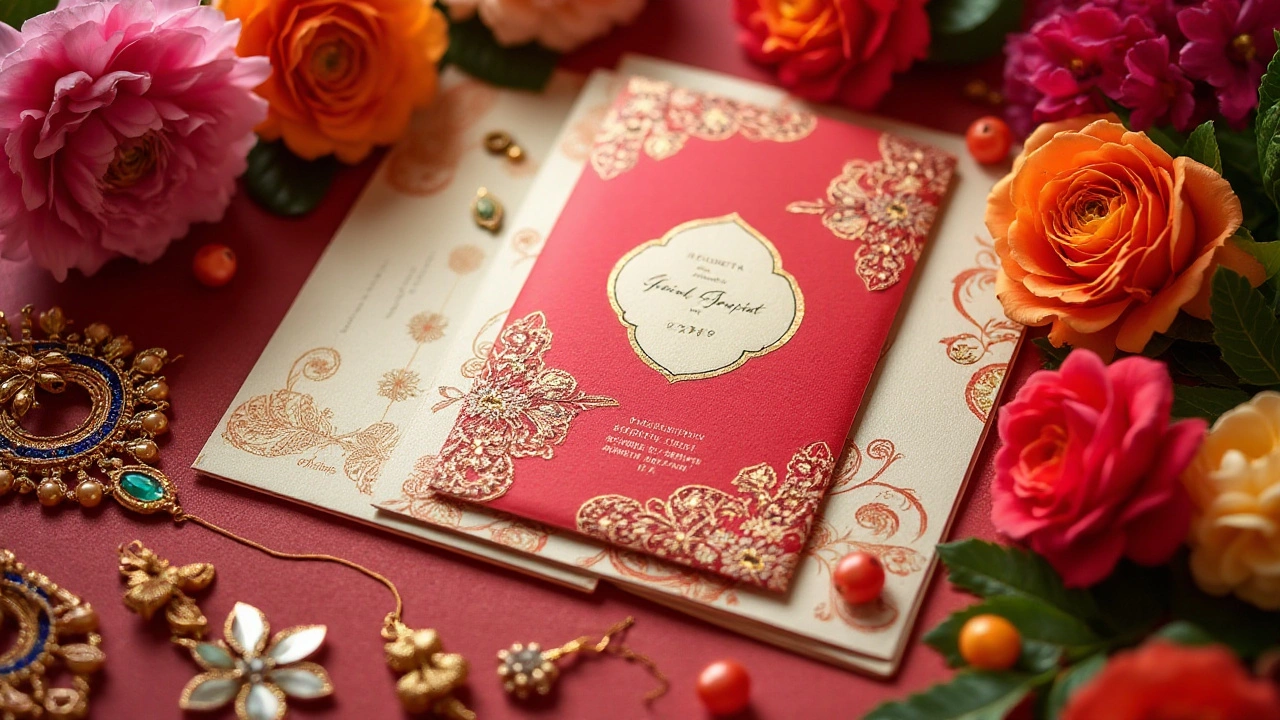
Etiquette Tips and Tricks
When it comes to wedding invitations, there's a timeless dance between tradition and personal expression. Understanding the etiquette behind these elegant announcements not only ensures guests receive all essential details with clarity but also reflects the respect and care with which you’re planning your special day. Etiquette isn't just about following rules; it's about clear communication and showing appreciation for your guest's time and presence. The world of weddings is expansive, and adhering to certain guidelines helps maintain harmony as you invite friends and family to share in your joy.
Start by sending invitations at an appropriate time, typically six to eight weeks before the wedding. This timing gives guests ample opportunity to arrange schedules, secure accommodations, and plan transportation. For those organizing destination weddings, sending out a 'save the date' months in advance is both considerate and wise. As you address your envelopes, consider using formal titles for individuals, such as Mr. and Mrs., to match the formality of the occasion. Handwriting each address might seem daunting, but it's a personal touch that many appreciate.
The knot advises, 'While digital invitations are convenient, traditional paper invitations add a touch of class and sophistication to your wedding announcement.'
When crafting the content of your invitation, specific details are crucial. Ensure the wedding invitations include the full names of the hosts, traditionally the brides' parents but increasingly the couple themselves. Clearly state the wedding date, time, and precise location of the ceremony, followed by the venue of the reception if it differs. Including an RSVP card is a must, facilitating smooth guest count management. Be clear about the RSVP deadline and preferable methods of response, whether through a mailbox or a modern wedding website.
Diving into deeper nuances, it’s vital to communicate the dress code if there is one—this helps guests align with the wedding's theme and formality. Subtle hints like 'black tie' or 'semi-formal attire' elegantly inform attendees about the expected dress. On the topic of gifts, never include registry information directly within the invitations as it may come across as an expectation rather than a suggestion. Instead, this information can be part of a wedding website or included on an additional card softly like 'your presence is present enough' along with registry details for those interested.
Lastly, consider your tone and language. Wedding invitations should maintain a balance of warmth and formality. Words chosen carefully should match the spirit of the day while keeping in line with traditional language. For example, using phrases like 'the honour of your presence' lends a classic touch suitable for ceremonies held in religious venues. Every detail, from font choices to wording, should echo the day’s unique theme while adhering to traditional values guests anticipate.
Creative Touches and Personalization
Transforming your wedding invitations from informative pieces to memorable keepsakes involves incorporating creative touches and elements of personalization. Personalization allows the invite to resonate deeply not just with you and your partner but also with your guests who receive it. Start by considering how the design and aesthetic of the invitation can mirror the themes and motifs of your wedding day. If, for instance, your wedding is set in a blooming garden, integrating floral elements into the design provides a harmonious look.
An increasingly popular trend is the inclusion of bespoke illustrations or watercolor pieces. These can serve as stunning artworks that reflect the venue or the couple themselves. A sketch of the wedding venue, or a map leading guests to the celebration, can act as both a charming visual and a handy guide. Personalized monograms featuring the couple’s initials or shared surname also lend an elegant flair that makes each invite unique.
Enabling guests to feel appreciated and special can be achieved through personalized calligraphy or printing their names on each invitation. This minor tweak can make a good impression, showing you've dedicated time and effort to tailor each piece. For those with a knack for technology, digital elements such as QR codes linked to wedding websites offer an inventive way to provide additional details, RSVP options, or even a virtual tour of your story as a couple.
Interactive Elements That Delight
Invitations that involve interactive components can offer an unexpected surprise for guests. Think pop-up elements or fold-out pieces that bring a new dimension to opening an invitation. Similarly, incorporating texture through materials like vellum, cotton paper, or even wood can make the tactile experience of handling the invite both unique and memorable. A touch of luxury can be added with metallic foils or embossing, techniques that enhance the invitation's opulence.
Cathy Olson of Love Inspired once noted, "The invitation is the first impression of your event, a prelude to your guests. Make it special enough to make them say, 'I can't wait to be there.'"
Remember that personalization is not about being overly elaborate or costly but rather about selecting details that sincerely represent your relationship. Whether you're a couple who cherishes vintage aesthetics or modern minimalist designs, these personal decisions shape your invitation into a meaningful expression of your journey together.
For eco-conscious couples, sustainable invitation options, like recycled paper or plantable seed paper, are growing in popularity. Not only do they add a unique element to your invites, but they also reflect a strong commitment to environmental stewardship—a detail your guests might appreciate and remember. Invitation suites complete with matching envelopes, RSVP cards, and additional details about accommodations or a wedding website can tie everything together beautifully.
Ultimately, the art of personalization lies in the details. These creative touches turn a simple wedding invitation into a tangible artifact of love, ensuring that it reflects the joy, style, and essence of your upcoming celebration. So as you plan, let your imagination run wild and take every opportunity to infuse your invitations with all the creativity and love that your marriage deserves.
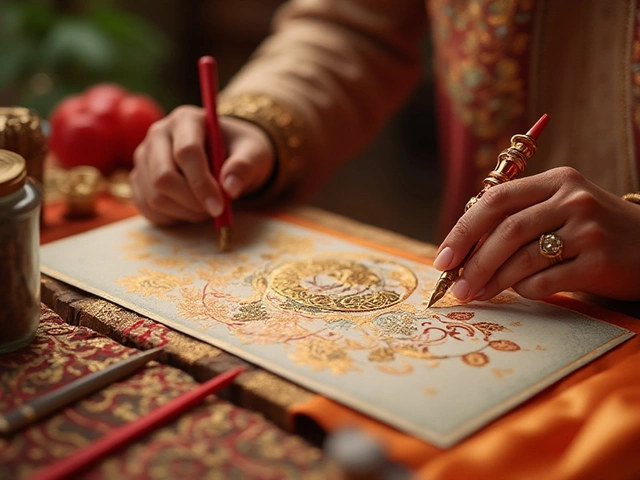
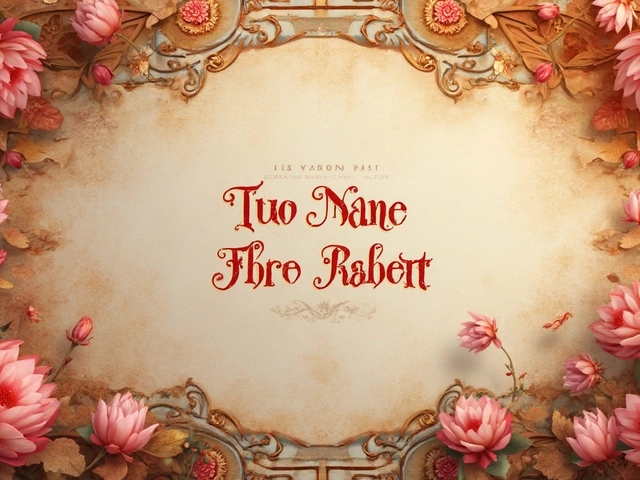

Comments
Post Comment